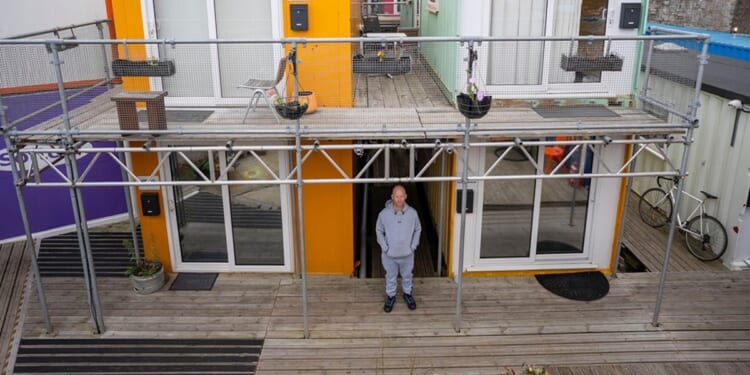THE number of children living in temporary accommodation because of homelessness has reached a record high, having risen by 7.5 per cent over the past year.
The latest figures released by the Government this month show that 172,420 children in England are currently living in temporary accommodation. Families in London who face homelessness are the most likely to be in temporary accommodation, and also the most likely to be offered temporary homes outside the capital, given the pressures on its housing stock.
The figures also show that there has been a fall of 8.7 per cent in the number of families housed in B&Bs over the past year.
The Salvation Army has called on the government to respond to the rise by ending the freeze on housing benefit in the next Budget, to help families out of poverty.
The director of the Salvation Army’s homeless services, Nick Redmore, said: “The freeze on housing benefit is driving families deeper into poverty and homelessness with harmful consequences for their children. The rising demand and cost of providing them with temporary accommodation is also pushing local authorities to the brink financially.
“Yes, the nation is under financial pressure, but every child deserves a safe and stable home, and this should not be their burden to carry.”
Numbers of families in temporary accommodation have been surging since 2023. The situation is not temporary for many, either: one in five families with children living in temporary accommodation in England have been there for five or more years.
The government figures also show that almost 60 per cent of those facing homelessness have additional needs. Mental health, physical ill health or disability, rough-sleeping, domestic abuse, and addiction are the most common risk factors.
There has also been a rise in estimated numbers of people sleeping rough: 8732 were recorded in June, a five per cent rise on the last year’s figures.
The chief executive of Crisis, Matt Downie, said: “Tragically we have now become totally accustomed to seeing record levels of children growing up in temporary accommodation. We are talking about children with no space to play, no place to do homework, no safe, stable place to call home. So we have to ask, as living costs increase and the supply of social homes recedes, when this will end?”
The official homelessness statistics did, however, show a fall in the number of households approaching councils for support with homelessness, down 6.7 per cent on the previous year.
There was also a decrease in the number of households falling into homelessness after losing their home to a no-fault eviction as Labour’s Renters’ Rights Bill is close to becoming law. The Bill has been welcomed by housing charities.
Homelessness minister Alison McGovern said that the statistics were a “harsh reminder that too many have been let down by the system meant to protect them”. The Government has promised to publish a detailed homelessness strategy this autumn.
Figures from the Institute for Government show that local authorities spent £3.8 billion tackling homelessness in the last year, which represents an 80 per cent rise over the last seven years.

















